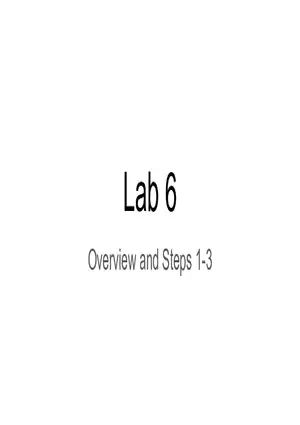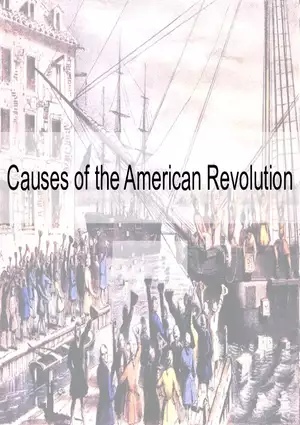Lecture Note
1.1-1.4 Chemistry in Context
-
University:
Thomas Jefferson University -
Course:
CHEM 103 | Chemistry I Academic year:
2024
-
Views:
172
Pages:
1
Author:
Imani H.
Related Documents
- Chapter 2: Atomic Structure
- Chapter 3: Chemical Bonding
- Chapter 6: Acids and Bases
- Chapter 8: Energy and Thermodynamics
- Amino Acids Study Resources
- Kinetics Pre Lab Assignment
- Principles of Chemical Equilibrium
- Electrochemistry Pre-Lab Assignment
- Buffers Pre-Lab Assignment
- Chapter 2 Atoms , Molecules, Ions
- Chapter 1: Introduction to Chemistry
- 1.5 Measurement Uncertainty , Accuracy and Precision
- Grignard Reaction - Class Note
- Titration Pre-Lab Assignment
- Theories of Chemical Bonding and Midterm Review
- Rate of Reaction - Lecture Note
- Peptides and Proteins
- Chapter 10: Introduction to Organic Chemistry
- Chapter 7: Measurement and Stoichiometry
- Chapter 5: States of Matter
1.1-1.4 Chemistry in Context

Recommended Documents
Report
Tell us what’s wrong with it:
Thanks, got it!
We will moderate it soon!
Report
Tell us what’s wrong with it:
Free up your schedule!
Our EduBirdie Experts Are Here for You 24/7! Just fill out a form and let us know how we can assist you.
Take 5 seconds to unlock
Enter your email below and get instant access to your document

